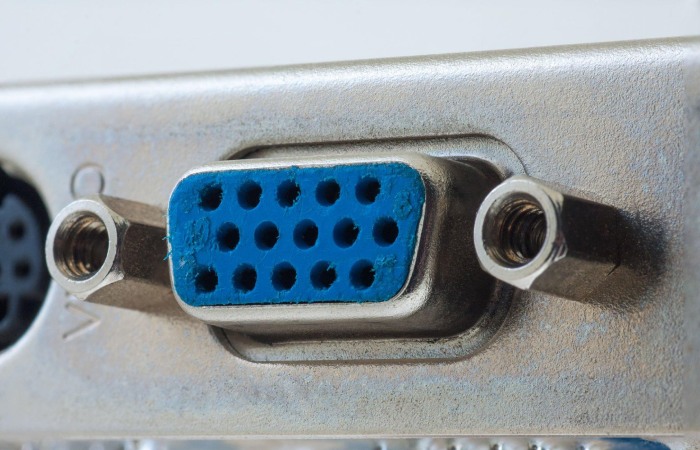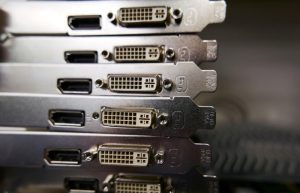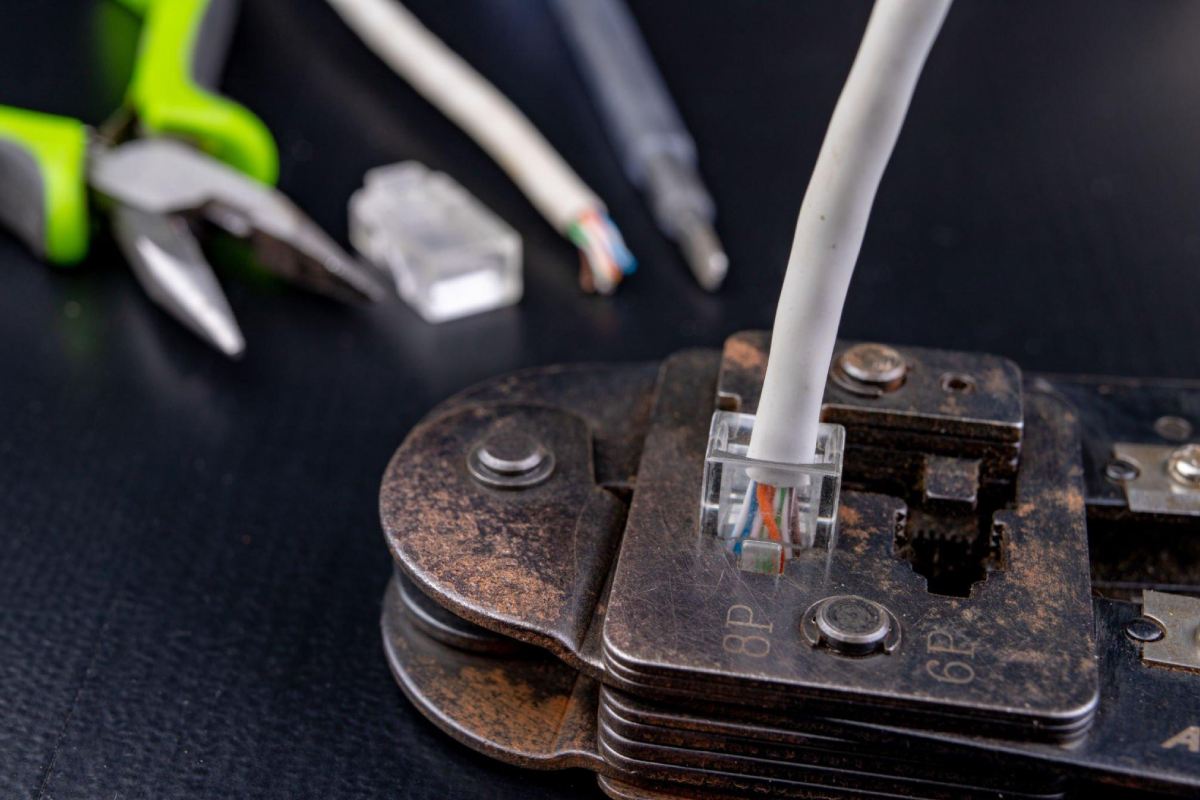Table of Contents
Introduction

Chrome //net-internals/#dns and Domain Name System (DNS) are fundamental components of modern networking. Ethernet provides the physical and data-link layer infrastructure for connecting devices, while DNS ensures that we can access websites and services by human-readable names. However, like any technology, issues can arise. This guide will explore common problems with Ethernet and DNS and provide solutions for troubleshooting and resolving them.
Part 1: Troubleshooting Chrome //net-internals/#dns Issues
- Physical Connection Issues
- Check cables and connectors for damage or loose connections.
- Ensure all devices are securely plugged in and powered on.
- Swap out cables and connectors to eliminate potential hardware issues.
- Network Configuration Problems
- Verify that IP addresses, subnet masks, and gateways are correctly configured.
- Check network settings using the ‘ipconfig’ (Windows) or ‘ifconfig’ (Linux) command.
- Ensure there are no IP conflicts within your network.
- Slow Network Performance
- Identify potential network congestion or bandwidth issues.
- Use network monitoring tools to analyze traffic patterns.
- Consider upgrading your Ethernet hardware if it’s outdated.
- Firewall and Security Settings
- Check if firewalls or security settings are blocking network traffic.
- Review the rules and configurations in your firewall software.
- Adjust settings to allow necessary network traffic.
- Driver and Firmware Updates
- Ensure that network adapter drivers are up-to-date.
- Check for firmware updates for your network devices.
- Update drivers and firmware according to the manufacturer’s recommendations.
- DNS Configuration
- Verify that your DNS server settings are correctly configured.
- Test DNS resolution using tools like ‘nslookup’ or ‘dig.’
- Consider using Google DNS (8.8.8.8 and 8.8.4.4) if encountering DNS issues.
Part 2: Troubleshooting Chrome //net-internals/#dns

- DNS Server Unavailability
- Check if your DNS server is online and operational.
- Test connectivity to the DNS server with ‘ping’ or ‘nslookup.’
- Ensure the DNS server is correctly configured and running.
- Slow DNS Resolution
- Examine the DNS server’s response time.
- Investigate the health and load of your DNS server.
- Consider using a faster public DNS server or a local caching DNS server.
- DNS Cache Problems
- Even the DNS cache on your local machine using ‘ipconfig /flushdns’ (Windows) or ‘sudo systemd-resolve –flush-caches’ (Linux).
- Check for issues with the DNS cache on your DNS server.
- Clear any outdated entries in your local DNS cache.
- DNS Forwarding and Root Hints
- Review DNS forwarding settings to ensure they are correctly configured.
- Verify that root hints or forwarders are pointing to valid DNS servers.
- Make adjustments based on your network’s DNS architecture.
- Domain Name Resolution Errors
- Investigate any specific domain names that are not resolving.
- Use ‘nslookup’ or ‘dig’ to diagnose DNS resolution issues.
- Check the DNS records for the affected domain for errors or changes.
- DNS Security and Filtering
- Check if DNS filtering or security software is blocking specific websites or content.
- Review DNS filtering rules and safelists/denylists.
- Adjust settings to allow access to the desired websites.
Part 3: Troubleshooting Chrome //net-internals/#dns
- Network Card Hardware Problems
- Inspect the network adapter for physical damage or overheating.
- Test the network card in another computer to rule out hardware issues.
- Consider replacing the network card if it’s malfunctioning.
- Cable Length and Quality
- Ensure the Ethernet cable length is within the recommended limits (usually 100 meters).
- Use high-quality Ethernet cables, as low-quality wires can lead to signal degradation.
- Check for cable interference from power lines, fluorescent lights, or other electronic devices.
- Switch and Router Configuration
- Examine the settings on your network switch and router.
- Verify that VLAN configurations, QoS settings, and port configurations are correct.
- Reset these devices to default settings if configuration issues are suspected.
- Wi-Fi Interference
- If using Wi-Fi, assess potential interference sources.
- Analyze the Wi-Fi spectrum with tools like Wi-Fi analyzers.
- Relocate or reconfigure your router to minimize interference and improve signal strength.
Part 4: Troubleshooting DNS Issues
- DNS Server Software Updates
- Ensure that your DNS server software is up-to-date.
- Regularly apply patches and updates to address security vulnerabilities and improve performance.
- Consider using robust and reputable DNS server software like BIND or Microsoft DNS.
- DNSSEC and DNS Amplification
- Check if DNSSEC (Domain Name System Security Extensions) is enabled and configured correctly on your DNS server.
- Prevent DNS amplification attacks by configuring proper response rate limiting.
- Monitor traffic for unusual DNS request patterns that could indicate an attack.
- Query Logs and Troubleshooting Tools
- Use query logs to trace DNS requests and response patterns.
- Analyze logs for repeated errors or excessive requests to pinpoint issues.
- Leverage DNS diagnostic tools like Wireshark, dnstop, or DNS query tools to investigate DNS traffic.
- DNS Redundancy and Failover
- Implement DNS redundancy by using multiple DNS servers to ensure continuous service.
- Set up DNS failover mechanisms to automatically switch to a secondary DNS server in case of primary server failure.
- Regularly test and monitor DNS redundancy configurations to ensure their effectiveness.
Part 5: Advanced Troubleshooting for Ethernet Issues
- Quality of Service (QoS) Configuration
- Consider QoS settings if you’re experiencing issues with latency-sensitive applications like VoIP or online gaming.
- Order certain types of traffic over others to ensure a consistent user experience.
- Adjust QoS policies on your router or switches to manage bandwidth more effectively.
- Jumbo Frames
- Jumbo frames can improve network performance by allowing larger data packets to be transmitted.
- Ensure that all devices on your network support and are configured to use jumbo frames.
- Be cautious with jumbo frames, as not all devices are compatible, and misconfiguration can lead to connectivity issues.
- Virtual LAN (VLAN) Troubleshooting
- If your network employs VLANs, verify that VLAN configurations are accurate.
- Check for any VLAN tagging errors or misassignments.
- Monitor VLAN traffic to detect any anomalies or bottlenecks.
Part 6: Advanced Troubleshooting for DNS Issues
- DNS Caching
- DNS caching can lead to outdated or incorrect DNS records. If you suspect caching issues:
- Check DNS records’ TTL (Time to Live) values to determine how often they expire.
- Clear the cache on DNS servers and client devices to refresh DNS records.
- DNS Anycast Configuration
- Anycast is a method where the same IP address is advertise from multiple locations. Troubleshooting includes:
- Verify that Anycast is correctly configured for your DNS service, especially for redundancy.
- Monitor traffic distribution to Anycast nodes to ensure a balanced load.
- Reverse DNS (rDNS) Configuration
- DNS is essential for verifying the legitimacy of outbound mail servers and network devices.
- Confirm that reverse DNS records for your IP addresses are correctly set up.
- Ensure that PTR records match forward DNS (A or AAAA) records.
- Advanced DNS Security
- Advanced DNS security measures include implementing a DNS Firewall, DNS Cryptography, and DNSSEC.
- Regularly review and update DNS Firewall rules to protect against DNS-based attacks.
- Monitor DNS Cryptography to detect any vulnerabilities and update cryptographic keys regularly.
You can comprehensively troubleshoot Ethernet and DNS issues by addressing these additional points. Remember that diagnosing and resolving network problems often requires a mixture of hardware and software solutions and a good understanding of network architecture and protocols. Regular upkeep and vigilance are crucial to keeping your network running smoothly.
Conclusion
Chrome //net-internals/#dns – In-depth troubleshooting of Ethernet and DNS issues requires combining primary and advanced techniques. Quality of Service, Jumbo Frames, VLAN configuration, DNS caching, Anycast, rDNS, and advanced DNS security measures can help you address complex problems and improve your network’s overall performance and security.
Remember to document changes and regularly review your network configurations to adapt to changing requirements and technologies. You can ensure a robust and reliable network environment with a systematic approach and a good understanding of your network’s architecture.

